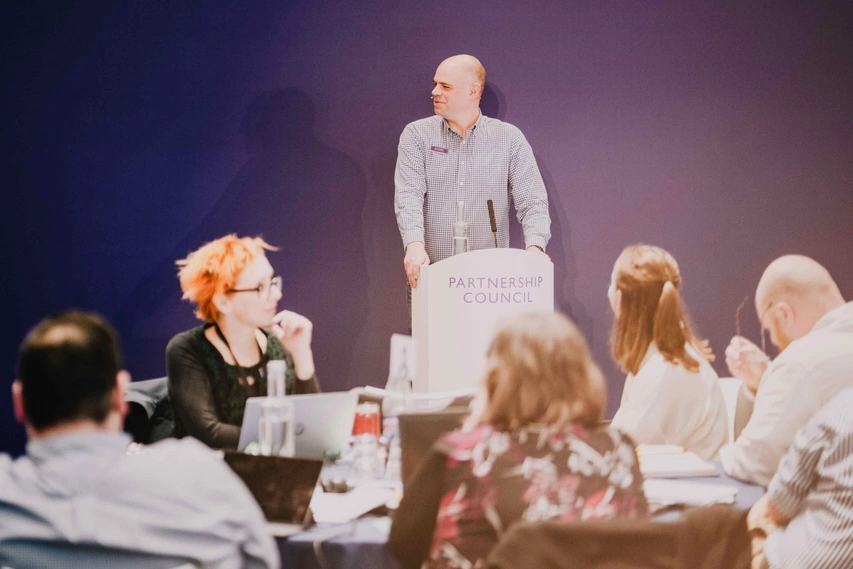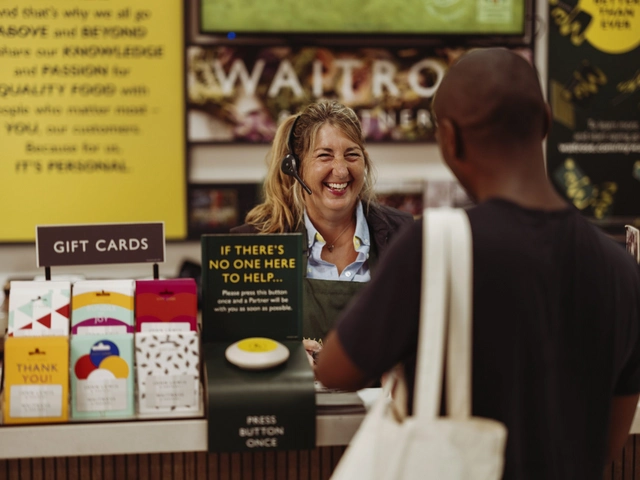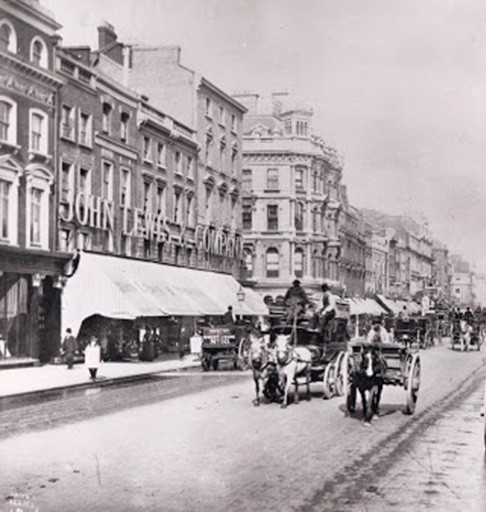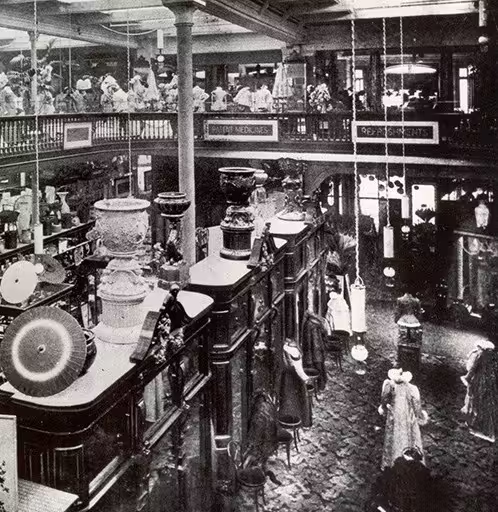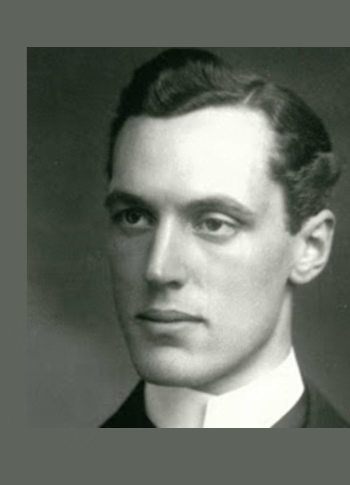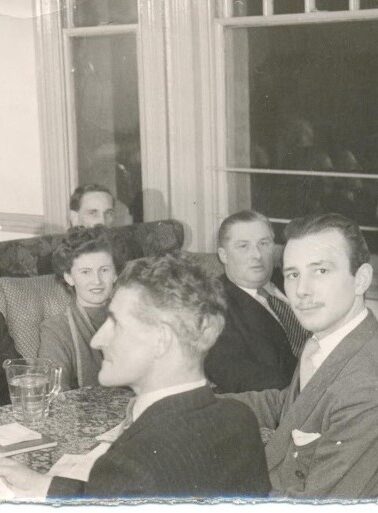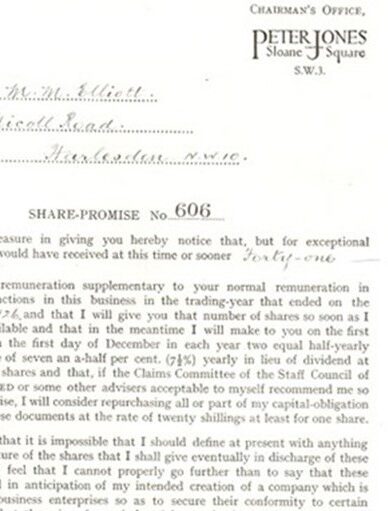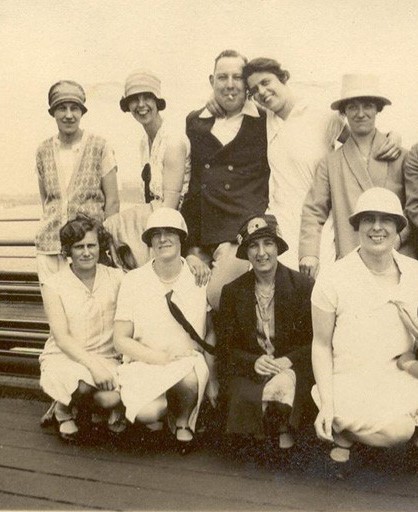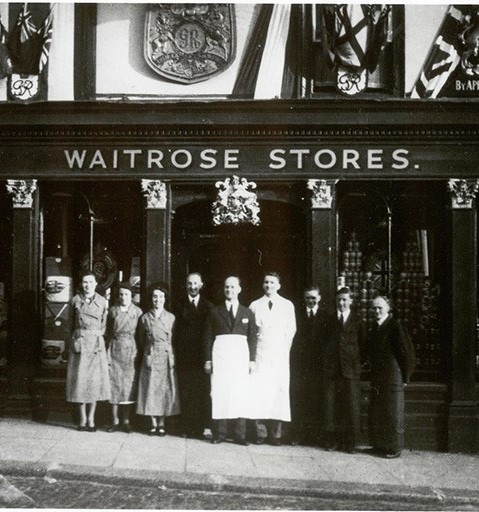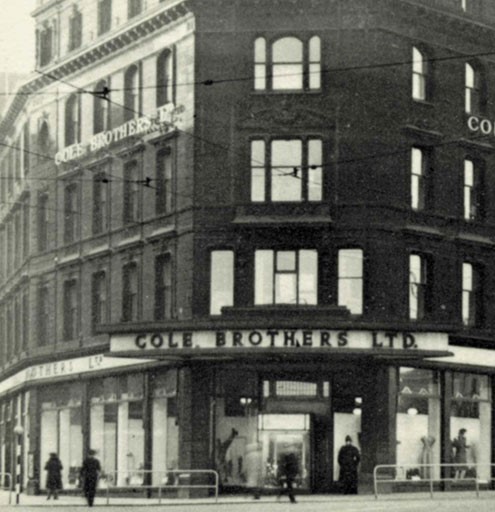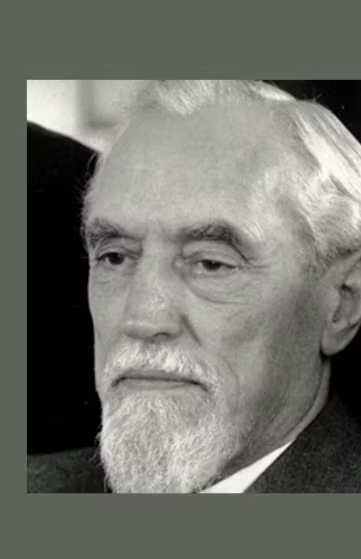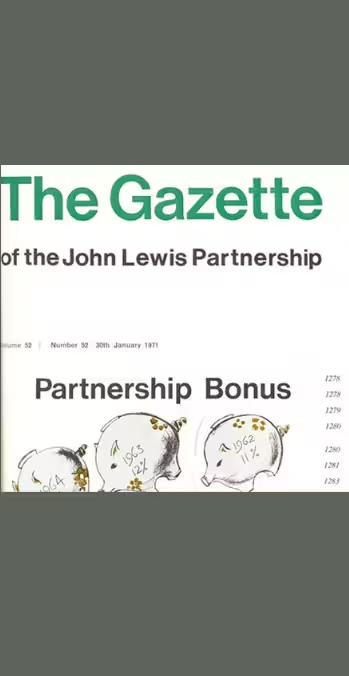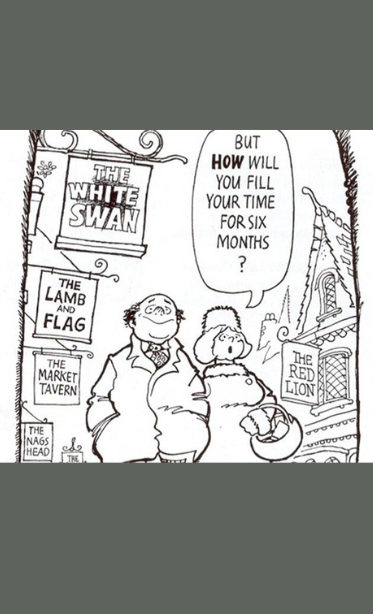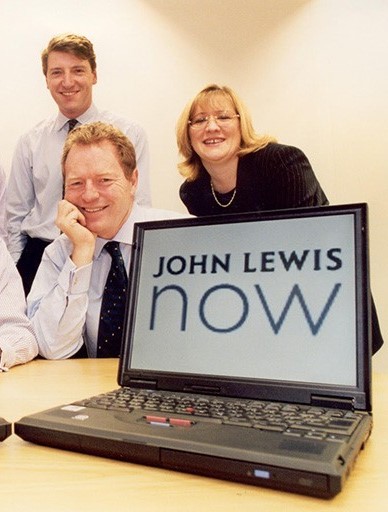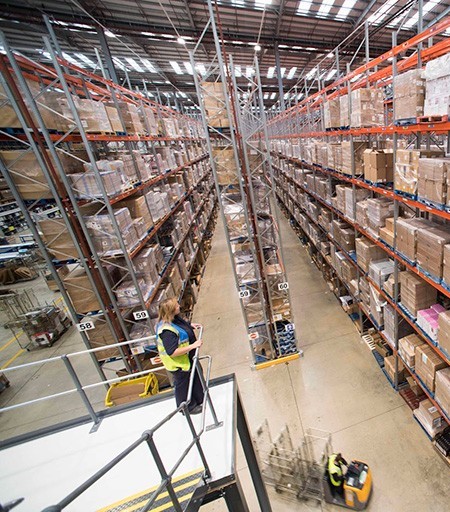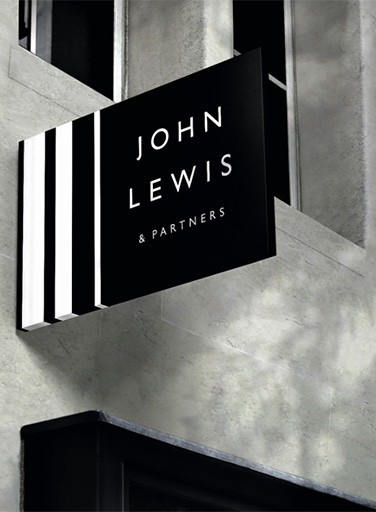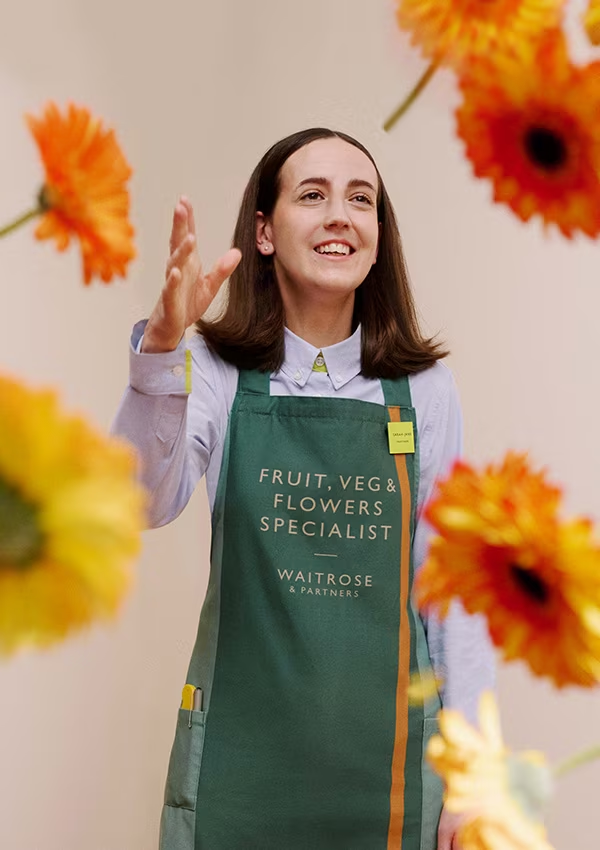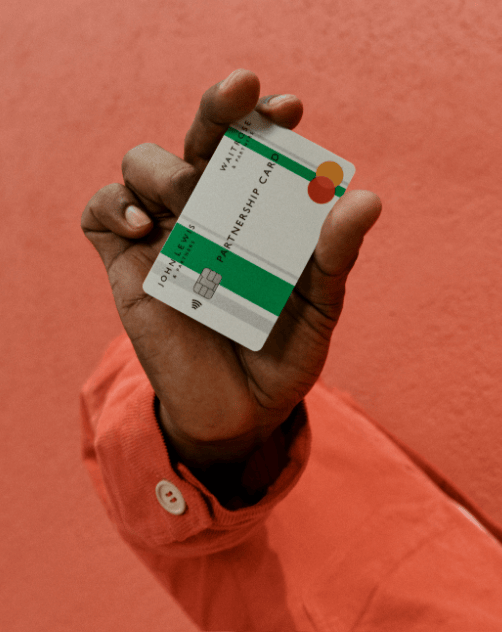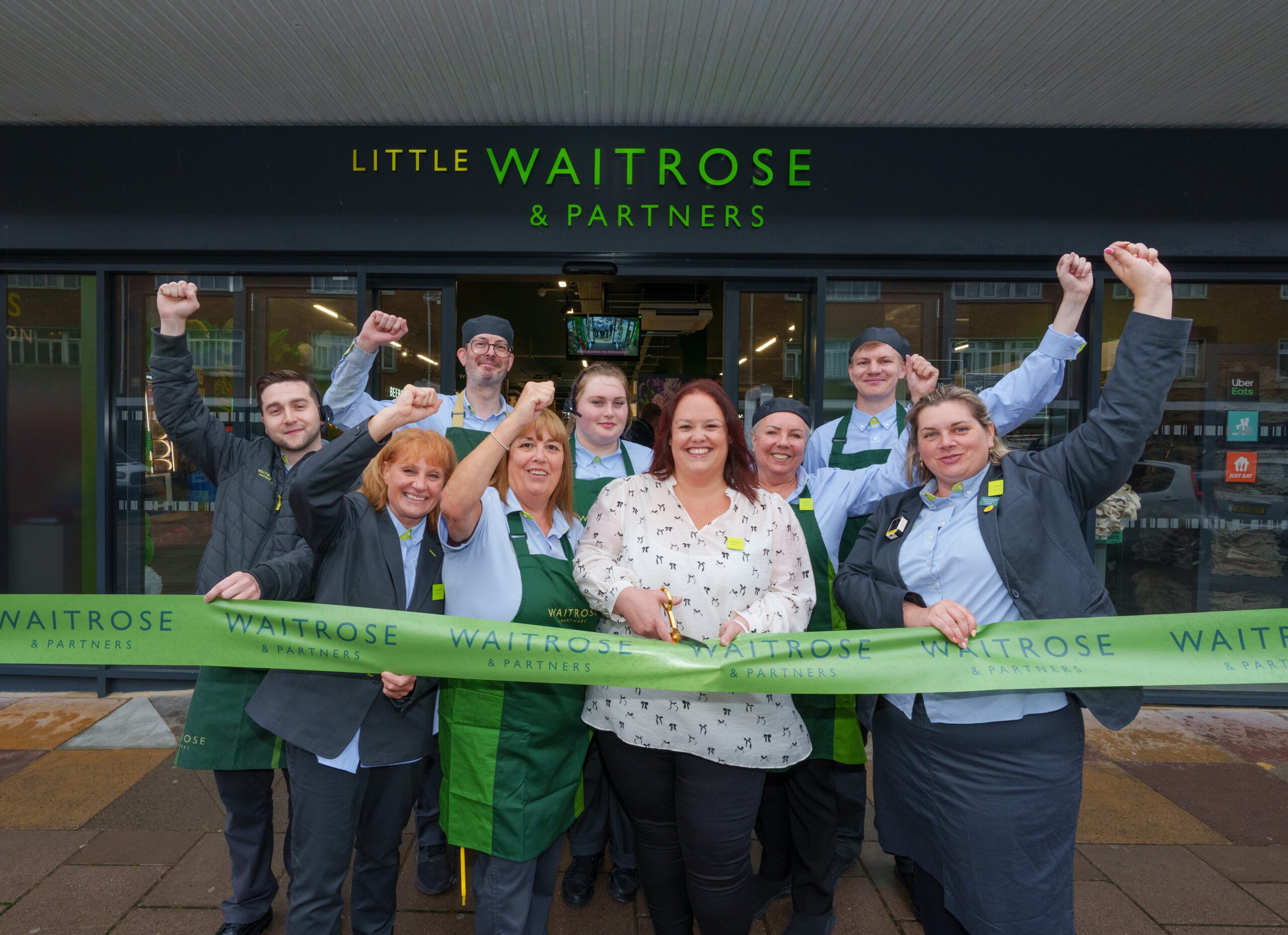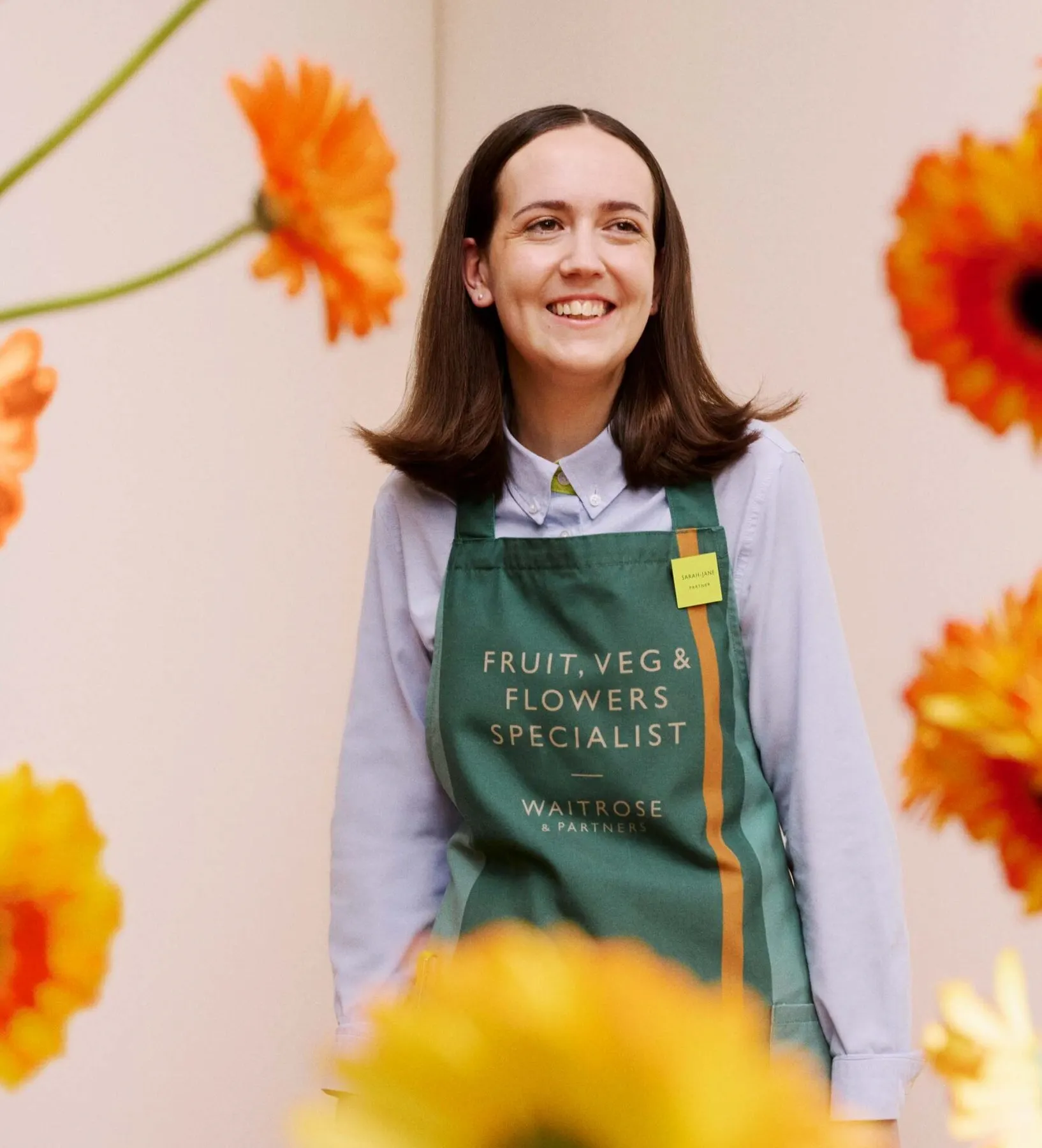Search jobs & locations

Do good, Feel good, become a Partner
At the John Lewis Partnership, we’re not just about business; we’re about building a happier world for everyone. And that starts with our amazing team of Partners (that’s what we call our employees).
Our Partners drive our purpose, and guide us in our ambition to make a positive impact on the world around us.

What makes us different?
Well, for starters we’re employee-owned, which means every one of our 74,000 Partners has a say in how we do things!
At our heart, we’re a retailer and selling products is what we do. However, we are so much more than that.
Happier People
Our business starts with happier Partners. We treat people with fairness, courtesy and respect, and we create a supportive, inclusive environment where everyone feels welcome and valued.
Partner StoriesHappier Business
We’re a Partnership built on democratic principles, where every voice matters and everyone shares in our success. We believe in fairness, transparency, and doing business the right way, empowering our Partners to shape the future of our business.
Being a PartnerHappier World
We’re passionate about making a positive impact on the world around us. We champion the happiness of our communities, build trusted relationships based on integrity and doing what’s right, and of course, taking responsibility for our environmental impact.
Ethics & SustainabilityWhat we stand for
Where Partners contribute to and celebrate in a successful business, underpined by these values.
Did you know?
John Lewis Senior (father of the Partnership’s founder) opened a small draper’s shop on Oxford Street, London in 1864.
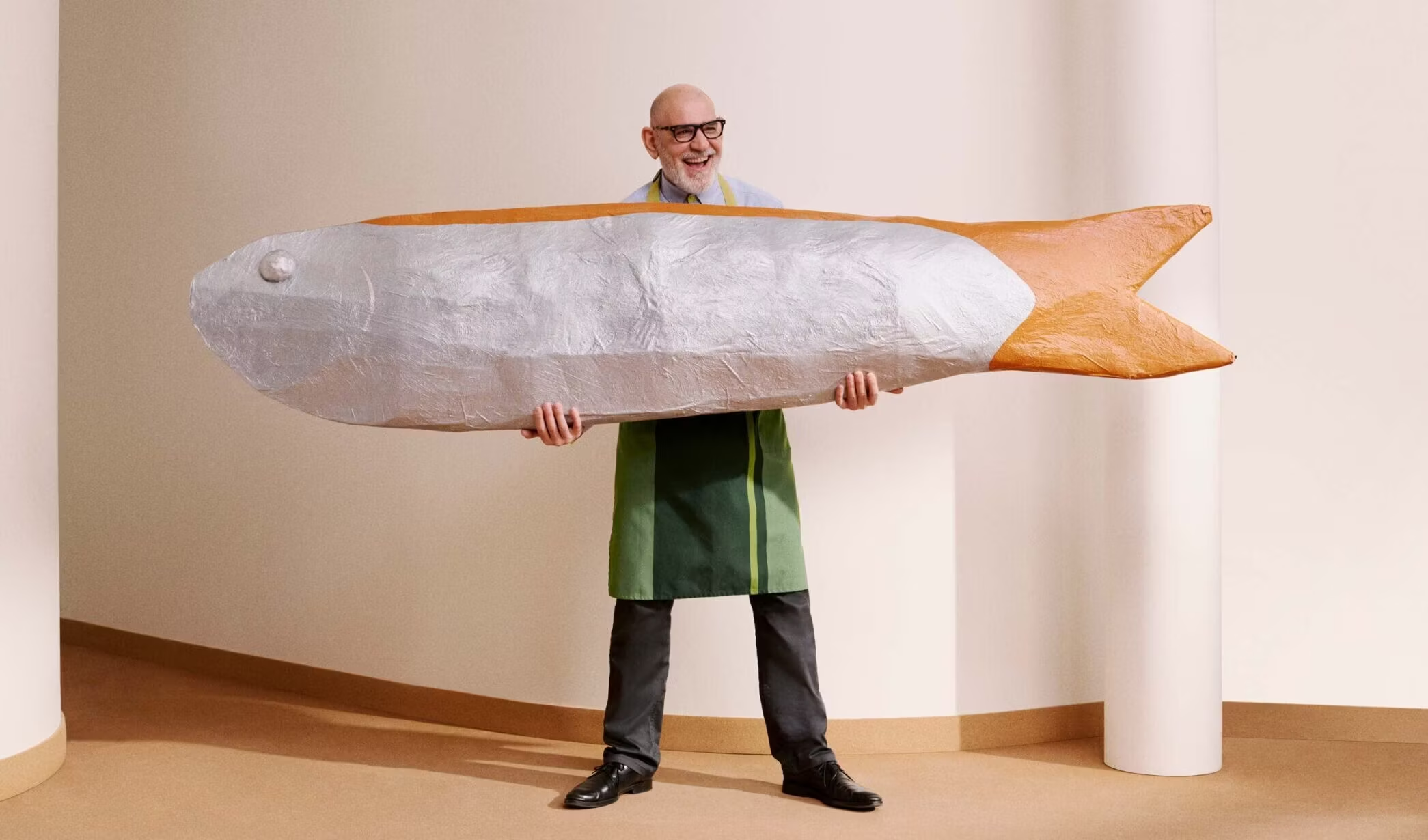


Did you know?
John Lewis Senior (father of the Partnership’s founder) opened a small draper’s shop on Oxford Street, London in 1864.
Discover more about us
Where it began
A potted history of the John Lewis Partnership, our origins, our passion for retail and how we became the UKs first co-owned retailer.
Introducing our Business Areas
Alongside our recognised brands of John Lewis and Waitrose, we have our financial and property lines of business.







